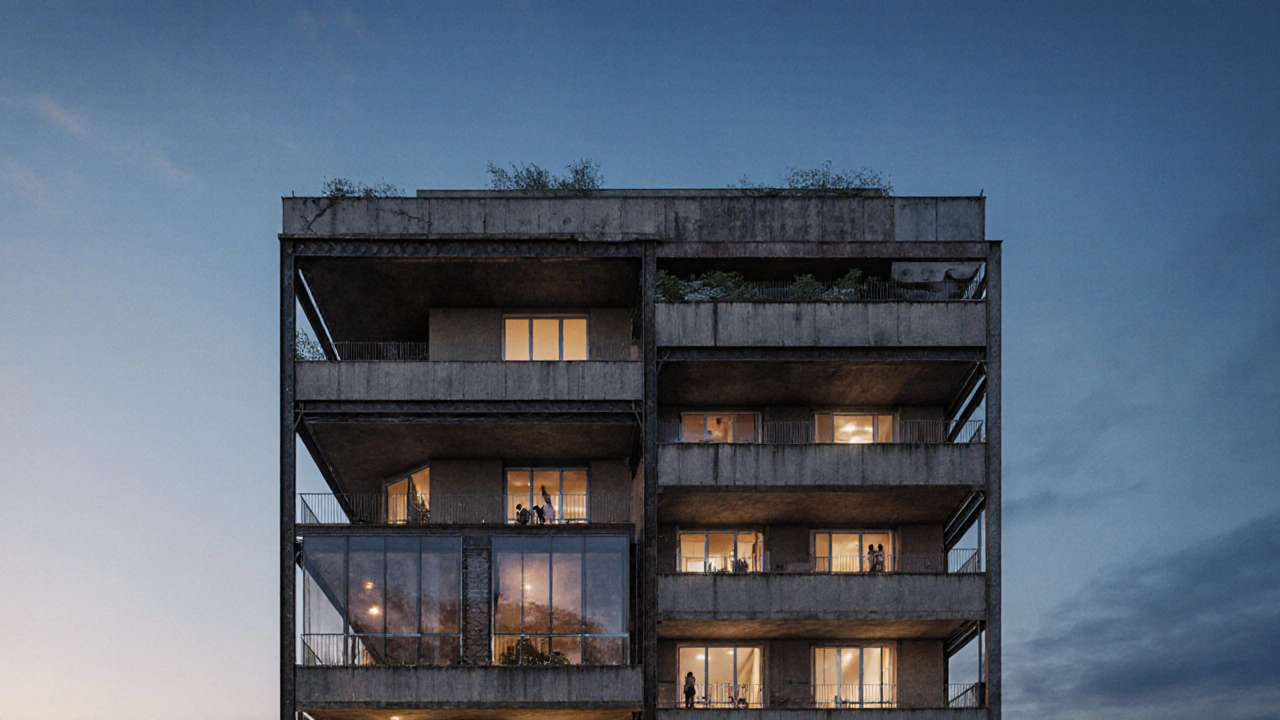Space Perception in Architecture and Art
When talking about space perception, the way humans interpret and feel the dimensions, scale, and organization of built environments. Also known as spatial perception, it plays a crucial role in how we experience art and architecture. Think about walking into a museum where the galleries feel open or cramped – that feeling is pure space perception at work. It isn’t just a brain trick; it directly influences architectural design, the planning and shaping of spaces to meet functional and aesthetic goals. Architects embed cues like ceiling height, material texture, and lighting to guide our eyes and bodies. When a designer gets space perception right, the result feels natural, inviting, and often more sustainable because people use the area efficiently.
How Visual Perception and Human Factors Shape the Experience
Our eyes and brain work together in visual perception, the process of interpreting light, color, and forms to understand spatial relationships. A well‑lit atrium with high‑contrast lines can make a modest floor area feel vast, while a cluttered office with low contrast can shrink even a big room. This is why human factors, the study of how people interact with physical environments matter in design briefs. They bring data on movement patterns, comfort thresholds, and accessibility, turning subjective feelings into measurable criteria. When designers combine space perception with human‑centered data, they often turn to high‑tech architecture, a style that uses smart materials, IoT, and advanced fabrication to create adaptive spaces. These buildings can shift walls, adjust lighting, or change acoustics in response to how occupants perceive the environment. The result is a feedback loop: space perception informs the technology, and the technology reshapes perception. That loop fuels trends like sustainable design, where the goal is to make spaces that feel comfortable while using less energy.
All of these ideas—architectural design, visual perception, human factors, and high‑tech solutions—interlink to answer a single question: how do we make spaces that feel right? Below you’ll find a curated collection of articles that unpack each piece. From the drama of Gothic Revival to the clean lines of minimalism, each post shows how space perception drives style, function, and sustainability. Dive in to see practical tips, real‑world examples, and the latest thinking that can help you shape better spaces.

How Constructivist Architecture is Changing Our Perception of Space
Explore how Constructivist Architecture reshapes our experience of space, its historic roots, core principles, modern applications, and practical design tips.
Read more